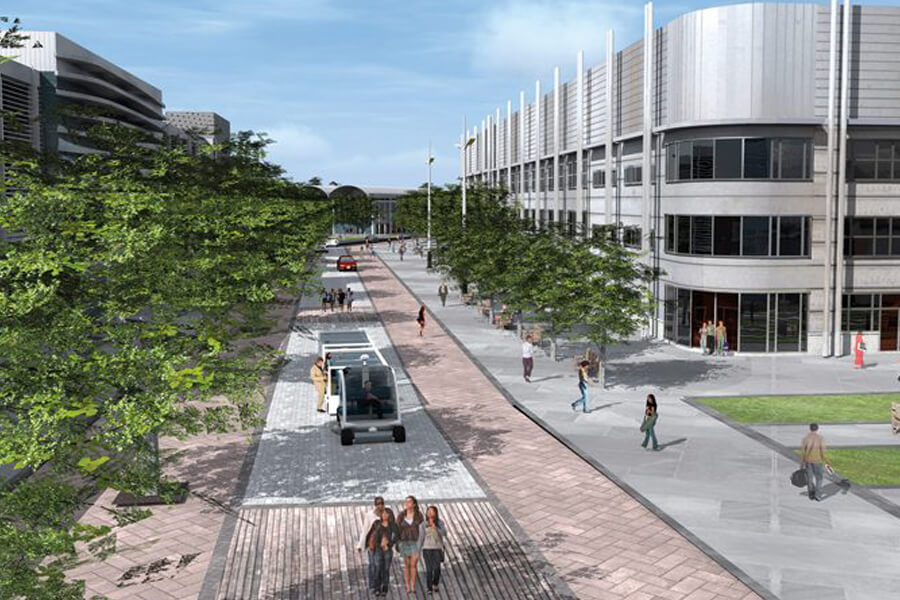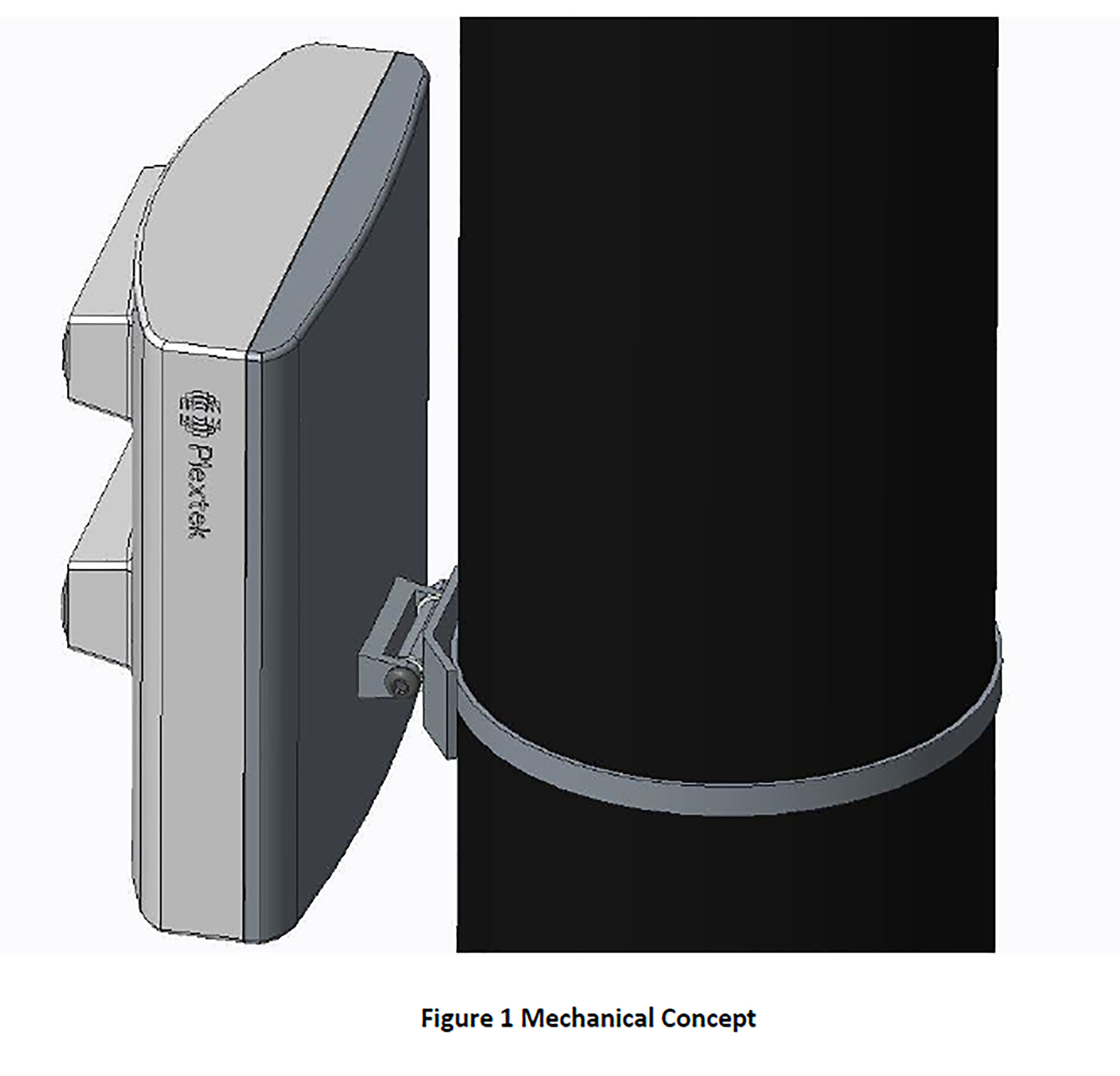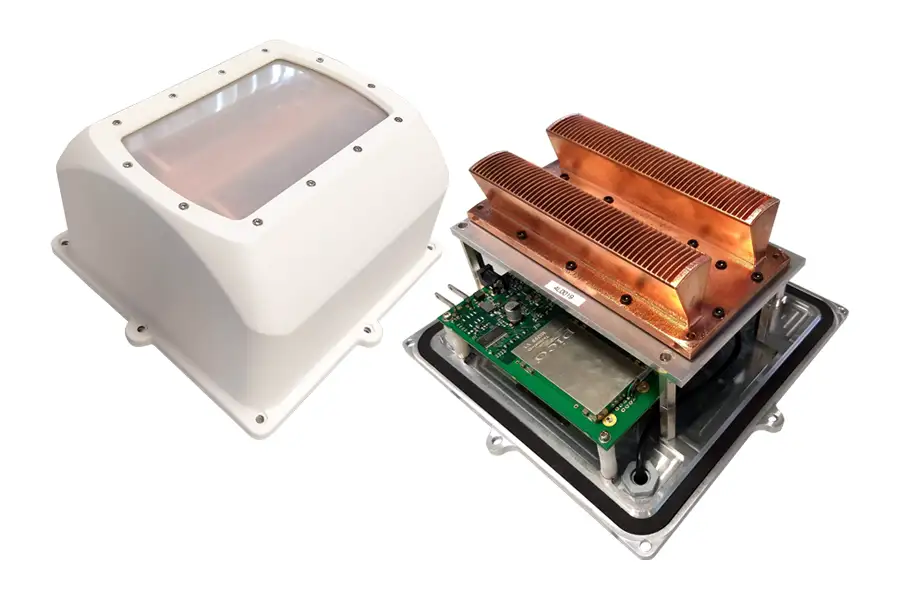The Challenge
Autonomous vehicles must be capable of sensing their environment, including moving objects and people, so that they can move safely with little to no human input or risk. The de-risking exercise involves testing and validation using real life scenarios in a controlled environment. The decisions taken by the vehicles on-board systems need to be validated by external sources of information.
Cranfield University’s on campus test road equipped with Cameras and Lidars provides that environment. However, these external sources have limitations that needed complementary solutions to enhance the data set required for decision making.
In pursuit of achieving the next level of vehicle autonomy, Plextek assisted Cranfield University in its £1.2 million pound HumanDrive Connected and Autonomous Vehicle project, the aim of which was to test and validate the full autonomy of a vehicle as it completes an end-to-end journey.


The Approach
Plextek provided Cranfield University with 12 electronic-scanning radars to form a robust testing process for their advanced vehicle control system. Compact and low power consumption, the radars were spaced along the University’s “smart road” to detect and localise vehicles, unmanned aerial systems and people from up to 120 metres, providing vital data for the project.
The advanced vehicle control system, designed to emulate a ‘natural’ human driving style using machine learning and artificial intelligence, was challenged in a variety of environments and weather conditions. Situations that would test the ability of a human driver were simulated, including densely populated sidewalks and navigating roads with low visibility, such as rain and darkness. The data provided by radars installed on the test road was used to test and validate the decisions made by autonomous vehicles.
The Approach
Plextek provided Cranfield University with 12 electronic-scanning radars to form a robust testing process for their advanced vehicle control system. Compact and low power consumption, the radars were spaced along the University’s “smart road” to detect and localise vehicles, unmanned aerial systems and people from up to 120 metres, providing vital data for the project.
The advanced vehicle control system, designed to emulate a ‘natural’ human driving style using machine learning and artificial intelligence, was challenged in a variety of environments and weather conditions. Situations that would test the ability of a human driver were simulated, including densely populated sidewalks and navigating roads with low visibility, such as rain and darkness. The data provided by radars installed on the test road was used to test and validate the decisions made by autonomous vehicles.

The Outcome
In late 2019, HumanDrive completed a complex real-world journey that is both driverless and human-like for other road users.
The autonomous vehicle performed a 200+ mile route across the UK through country roads, A-roads, traffic junctions and motorways.
This marked a pivotal point for the successful deployment of an autonomous vehicle solution in the UK. https://humandrive.co.uk/



